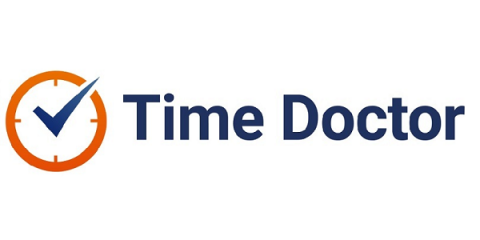Teams | Collaboration | Customer Service | Project Management
Latest Blogs
Old Manual Timesheets vs. Modern Software Timesheets
As companies strive to maximize productivity and streamline operations, paper timesheets might look old-fashioned. However, more than 39% of organizations still rely on paper timesheets and punch cards to track the time of their workforce. Such companies have been struggling with the following issues: Are you still confused about which one is better? Read this blog post to know the key differences between traditional manual timesheets.
The surprising tool that's transforming IT at Salesforce
How Slack clips help teams save time and increase engagement from colleagues.
Workflow Automation Guide: Definition, Benefits, And Software
At the basis of workflow automation lies a simple premise: employees don’t need to do repetitive tasks manually. And there’s a reason for that: 57% of IT leaders say that automation technology saves 10-50% on the business costs associated with manual processing. The scope of possibilities offered by automation is wide and can be tailored to many different areas of practice.
Supercharge Your ITSM: Integrating InvGate Service Desk with Lansweeper
Top 5 Video Conferencing Tools for Seamless Virtual Interviews
The landscape of communication and business operations has transformed dramatically in recent times. It has been changed in different ways. What’s the most obvious one? It’s a standout evolution is the mounting inclination towards virtual interviews. So, it’s sidelining the conventional in-person meetings. But what factors have catalyzed this move towards digital dialogues? Let’s find it out.
What is professional services automation (PSA) software & what are the best PSA tools?
Types of communication styles leaders should know about
Communication styles are not innate. We are not born with them—we learn them. If you would like to learn how to communicate better at work or at home, or if you would like to teach employees, managers, or leaders how to use better communication styles to ease tension and inspire confidence, you can do that.
7 common workplace distractions and how to avoid them
Have you ever been in the middle of a task when a chat message, buzzing phone, meeting invitation or news alert broke your flow? It’s hard to get going again after a distraction. And that’s more concerning than it might seem at first. Most people come up against between 31.6 and 60 distractions in a day. Each distraction pulls our attention away for 5 to 25 minutes, which can quickly add up to an astronomical amount of unnecessary time wasted.
The true value of employee efficiency: Transforming output and savings
Running a business today is a tough gig. It’s fair to say that the combination of two global economic catastrophes in two decades, rising inflation, increasing competition and widespread employee disengagement has business leaders looking for ways to manage costs. But there’s growing evidence that shows cost-cutting is bad for productivity.










